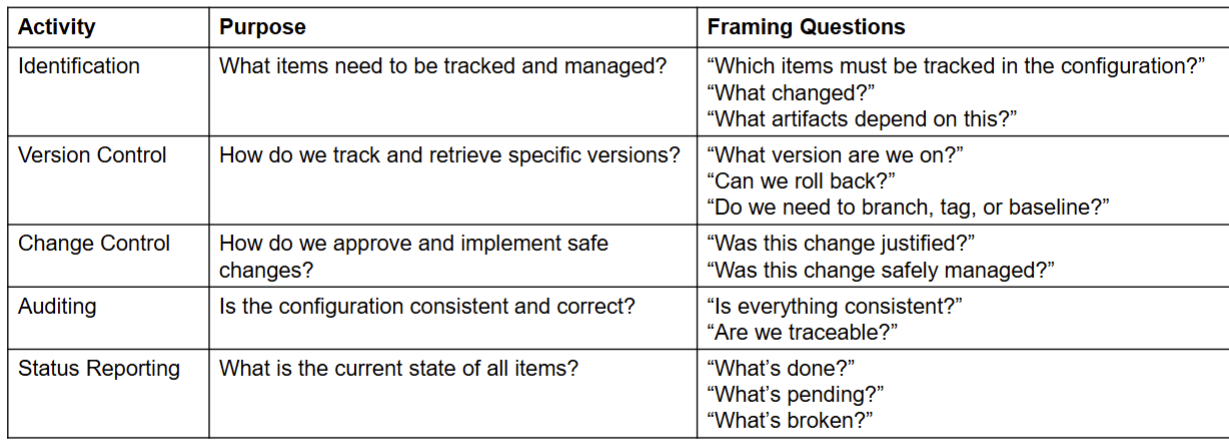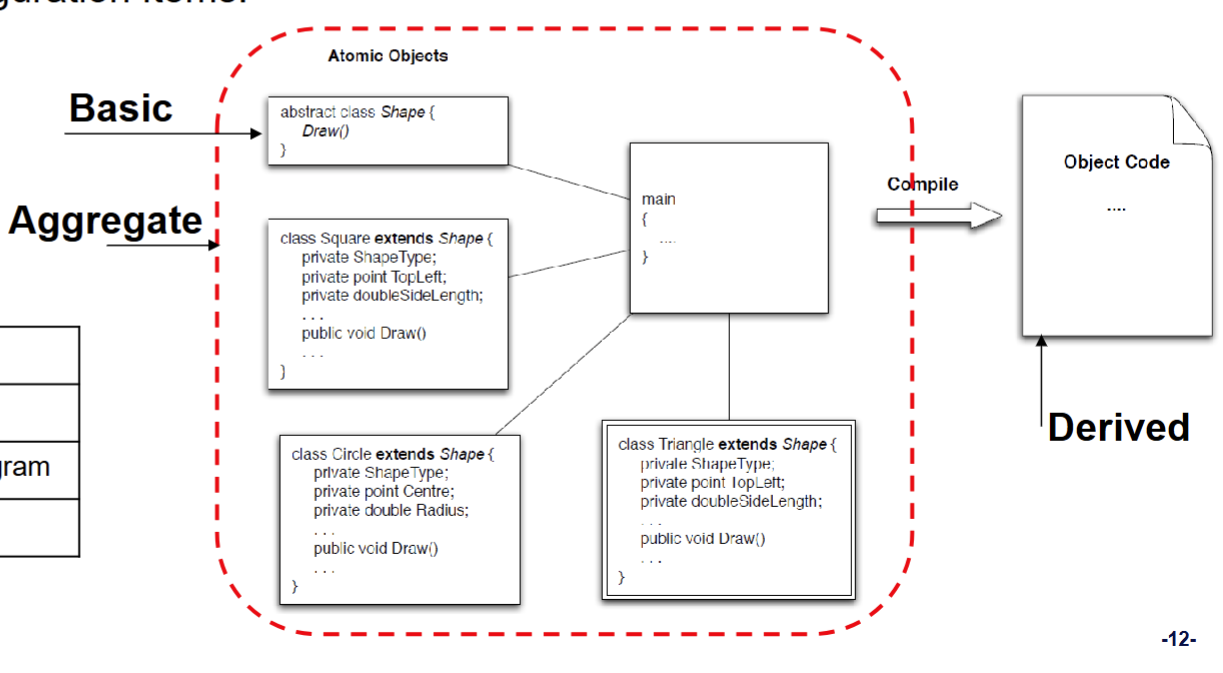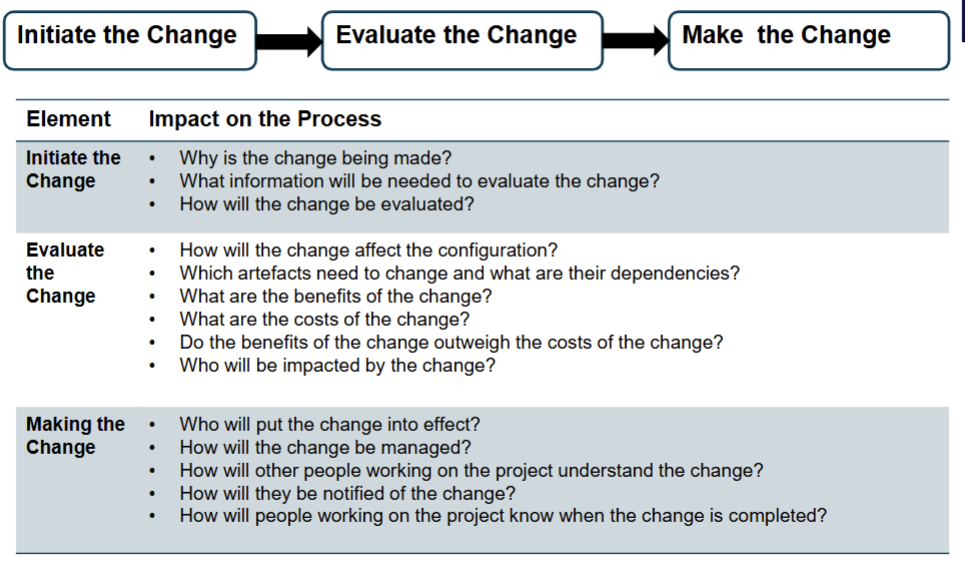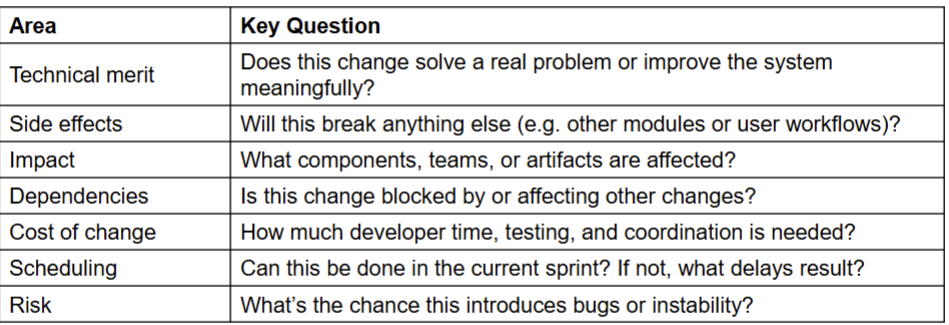Ethics in Professional Practice
- Ethics are the principles and values used by an individual to govern his or her actions and decisions.
- Organisational ethics express the values of an organization to its employees and/or other entities irrespective of governmental and/or regulatory laws
Issues
- Different people may consider the same thing ethical or un-ethical
- cultural factors
Micro ethics vs Macro ethics
Ethics are not only big (Macro) issues
- though big issues affecting many people, issues also happen in work place
Micro ethics day-to-day
Content of Ethical issues
- Privacy and Data Protection
- Algorithmic Bias
- Accessibility
- Intellectual Property
- Transparency and Explainability
- Security
- Impact on Employment
- Environmental Impact
IEEE Code of Ethics Summary
The Primacy of Public Interest
- You will place the interests of the public above those of personal, business, or sectional interests.
Honesty and Realism in Claims
- You will be honest and realistic in stating claims or estimates based on available data.
Avoiding Conflicts of Interest
- You will reject bribery, avoid conflicts of interest, and disclose them if they arise.
Improvement of Technical Competence
- You will seek to improve your understanding of technology, its application, and potential consequences.
Responsible Decision-Making
- You will ensure decisions are made with full consideration of ethical implications, safety, health, and welfare.
Respect for Intellectual Property
- You will respect the privacy, confidentiality, and intellectual property of others.
Fair Treatment of All Persons
- You will avoid unlawful discrimination, harassment, and bullying in all forms.
Support Colleagues and Report Misconduct
- You will support colleagues and report any concerns of unethical behavior.
Avoiding Harm
- You will avoid injuring others, their property, reputation, or employment by false or malicious actions.
Professional Integrity
- You will uphold the dignity and reputation of the profession and IEEE.
Australian Computer Society (ACS) Code of Ethics
- The Primacy of Public Interest.
- You will place the interests of the public above those of personal, business or sectional interests.
- The Enhancement of Quality of Life.
- You will strive to enhance the quality of life of those affected by your work.
- Honest.
- You will be honest in your representation of skills, knowledge, services & products.
- Competence.
- You will work competently and diligently for your stakeholders.
- Professional Development.
- You will enhance your own professional development, your colleagues & staff.
- Professionalism.
- You will enhance the integrity of the ACS & the respect of its members for each other.
Case Study:
Uber Greyball Scandal (2017)
- Problem Uber faced:
- In many cities (e.g., Portland, Boston, Paris), Uber operated without regulatory approval. Local governments tried to catch Uber drivers who were violating transport laws.
- Uber’s response:
- Instead of complying, Uber built secret software called Greyball to identify and block government officials who were investigating them.
- How Greyball worked:
- It collected data (like credit card info, device patterns, geolocation) to guess who might be a government inspector.
- If the system detected an inspector, it showed them a fake version of the app — no cars appeared, or fake cars circled endlessly.
- This made it very hard for authorities to prove illegal Uber activity.
- Why it may have ethically mattered:
- Deception against public authorities.
- Risk to public safety (unregulated drivers).
- Business goals prioritized over law and public trust

- Problem Uber faced:
Facebook & Cambridge Analytica (2018)
- Problem Facebook faced:
- Facebook’s platform allowed third-party apps to access users' personal data freely.
- Facebook had weak oversight over how this data was used once collected by external developers.
- They trusted that app developers would self-regulate — but did not monitor effectively.
- Facebook’s response:
- Facebook initially allowed apps to collect not just user data but friends' data — without friends' explicit consent.
- When Facebook learned Cambridge Analytica had harvested tens of millions of profiles:
- It asked them to delete the data. It did not independently verify that they complied. Facebook did not inform users affected by the breach until years later.
- How it caused a problem:
- A seemingly harmless app ("This Is Your Digital Life" personality quiz) collected massive amounts of data.
- Cambridge Analytica bought this data from the app developer. They used it to build psychological profiles and micro-target political ads. Potentially influenced political outcomes without informed consent.
- Why it may have ethically mattered:
- Users never agreed to have their personal data (or their friends' data) harvested for political profiling.
- Facebook withheld disclosure of the breach for a long time.
- Facebook did not ensure data was used ethically after collection.
- Created vulnerabilities where personal data could shape political behavior covertly

- Problem Facebook faced:
Configuration Management
- The process of managing changes to a software system and maintaining the integrity and traceability of the configuration throughout the system lifecycle.
Why it matters
Software System are fragile
- Software projects produce hundreds of interrelated artifacts:
- Code, requirements, diagrams, tests, documentation
- A change to one can break many others
- Without coordination, these systems become inconsistent, unstable, or even unusable
- Software projects produce hundreds of interrelated artifacts:
What can go wrong
- Conflicting versions cause test failures
- Untracked changes lead to bugs in production
- Teams overwrite each other’s work
- Inconsistent documentation causes delivery delays
Role of Configuration Management
- Tracking versions
- Managing dependencies
- Reverting changes safely
- Auditing what changed and why
Case Study
- Coles POS Outage (2020)
- What Happened?
- On Friday, March 20, 2020, Coles supermarkets across Australia experienced a nationwide payment system failure.
- Customers were unable to pay for groceries for approximately 4 hours.
- All stores were forced to close, affecting operations in every state and territory.
- Coles later reported that the issue was due to a software update to their Point of Sale (POS) system.
- Why does it matter?
- Even a short outage caused by poor configuration management can lead to massive financial loss, reputational damage, and customer frustration.
- Root Cause Analysis
- A configuration change (update to software or related services) was deployed without:
- Full regression testing across environments
- Clear rollback documentation
- Effective coordination with other dependent systems (e.g., payment gateways)
- The update led to system-wide incompatibility, breaking the POS terminal functions
- A configuration change (update to software or related services) was deployed without:
- Recovery Enabled by Configuration Management
- Fortunately, CM practices were in place:
- The previous stable version was still stored and versioned
- The update process was traceable, and dependencies were known
- Staff could roll back to the earlier baseline version
- After 4 hours, systems were restored and stores reopened
- Fortunately, CM practices were in place:
- What Happened?
Goal
- Goal is to manage change as
- change on an artefact may affect dependencies of others
- may leave the configuration in an inconsistent state
- Assume change in requirement -> change in The test plan, test cases and testing scripts for the code and code modules
Software Configuration

- The total of all the artefacts
- Their current state
- The dependencies between them
Core Activity

Identification Types of Configuration item
- There are three different types
- Basic
- Aggregate
- Derived

- Example items
- Requirements: Software Requirements Specification, individual requirements, use-cases
- Design UML diagrams, class designs
- Code: Source code, compiled binaries
- Testing: Test plans, scripts, drivers
- Documentation: User manuals, internal wikis
Version Control
- Version control is the process of managing and tracking changes to configuration items over time
- Supports
- Track change history: Know what changed, when, and by whom
- Rollback capability: Safely revert to a previous working version
- Support collaboration: Prevent developers overwriting each other’s work
- Enable reproducibility: Build or test any historical version
- Release management: Tag and baseline known-good versions
Verison vs. Variant vs. Release

Change Control: Managing Changes Across the System
Change control is manual step in software lifecycle. It combines human procedures and automated tools.
Include a Change Control Board (CCB) that approve test plans before they are executed
Change request submitted and evaluated to assess technical merit, potential side effects, overall impact on other configuration object and system function, and project cost of change
Process


Change Management Plan: Coordinating Large-Scale Change
- Change Management Plan
- A part of an overall configuration management plan to specifically control these changes to the configuration
- Changes must be made in a way that allows everyone on the project team to find out:
- exactly what changes need to be made
- what they need to do to affect the change
- why the change is being made
- how it will impact them
- Baseline
- A baseline is an artefact that is stable.
- It has been formally reviewed and agreed upon, that is now ready for future development.
- It can only be changed through a formal change management procedure.
Configuration Auditing
- Ensuring Consistency and Integrity
- Assuring that what is in the repository is actually consistent.
- That all of the changes have been made properly

Status Reporting
- Tracking the state of configuration
- Status reporting provides visibility into the state of configuration items and helps teams detect inconsistencies, omissions, or delays

- Why it matters
- Detect missing or outdated artifacts
- Identify configuration drift early
- Align development and CM progress
- Enable informed decision-making